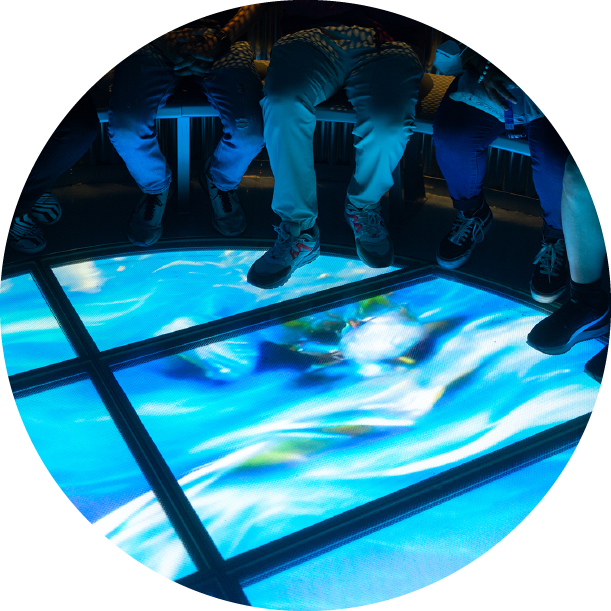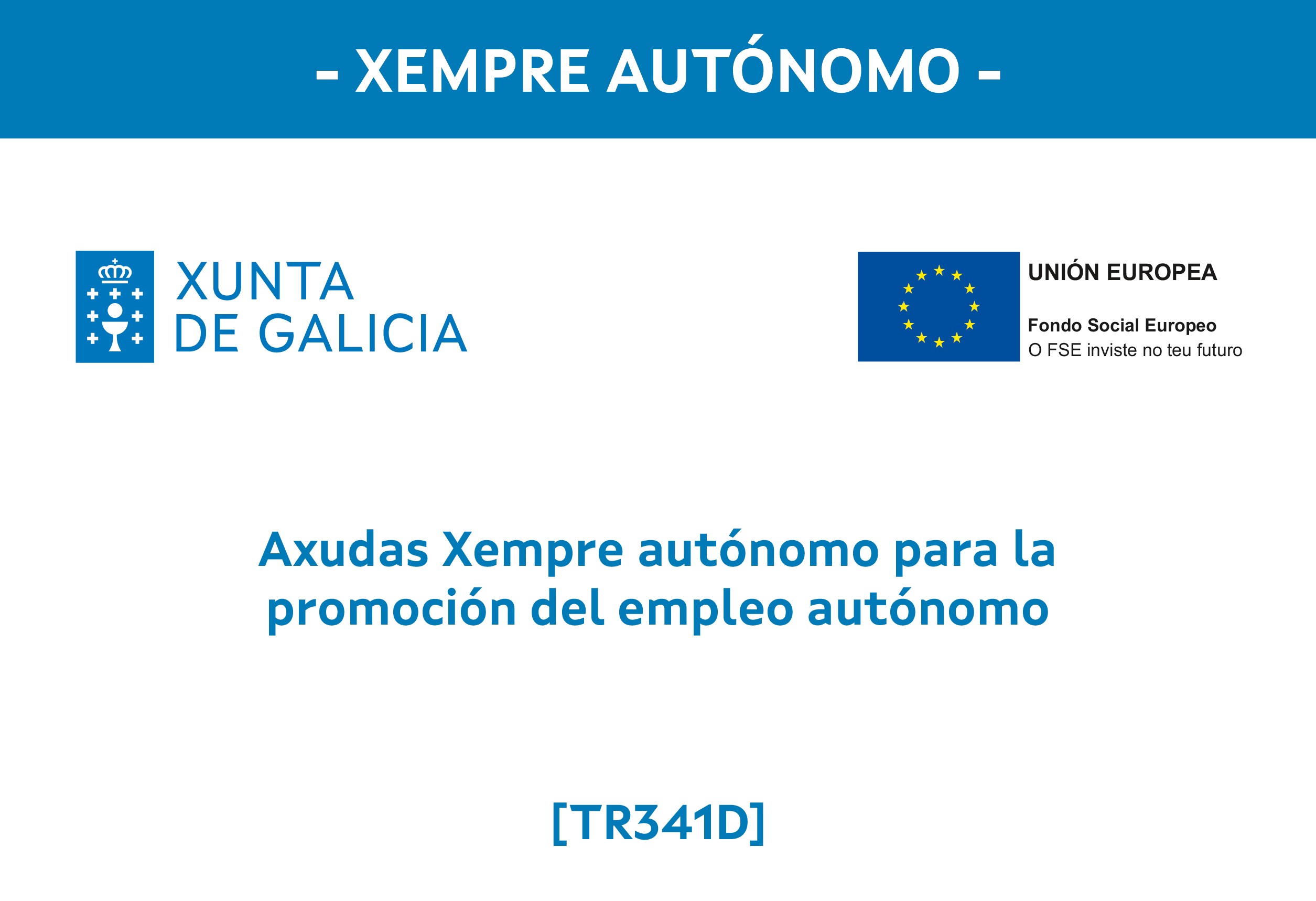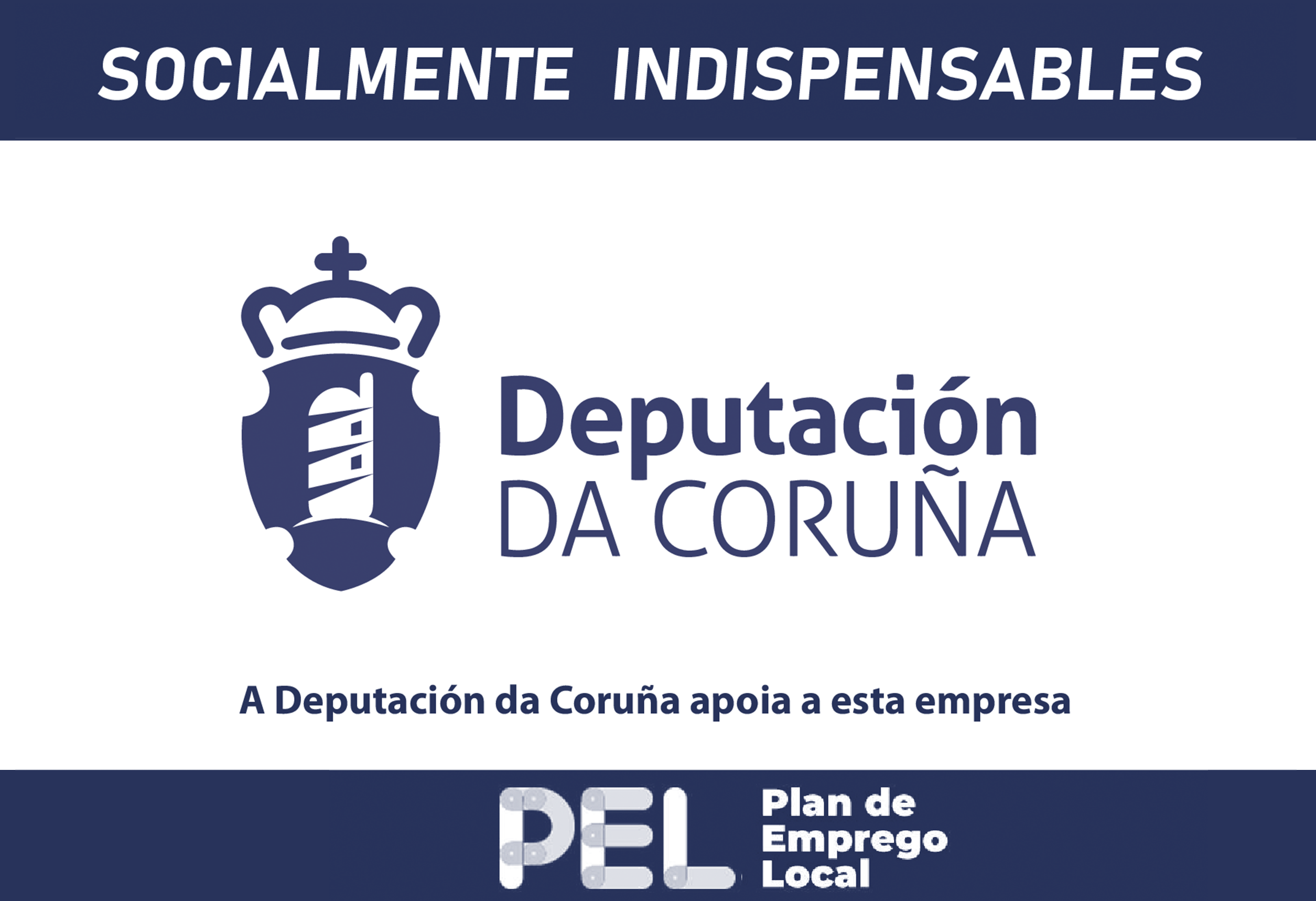
Why a magazine?
The decision to approach the project as a magazine was made because conceptually it was the best fit for the project’s needs.
A magazine usually has a variety of articles and content, allowing multiple aspects of “AI culture” to be grouped together in a coherent way across the different sections of the magazine.
Why a manifesto?
We felt it was both necessary and interesting to give IAs the option of conceptually developing a philosophy, objectives and principles to apply to “their culture”.
It also generates a basis for an AI art movement, which can be differentiated from AI art.
The magazine shows the “AI culture” and the manifesto explains it.
Yearly?
The idea, both ours and AI’s, is to do the project annually.
In this way, AI-GEN becomes an artistic “record” of the technical progress of artificial intelligence models and a showcase of how they can be used for various creative tasks, thus further expanding the “AI culture”.
Human intervention?
For the cohesion of the different contents of the iterations (whether for the links between sections, conclusions, summaries or highlighting elements of the texts), we have used the same natural language processing models as for their generation.
Our only intervention has been to eliminate redundancies and inconsistencies and to try to convey in the best way the message that the AI “wanted”.
Censorship?
One of the reasons for focusing on an AI project for AIs was to get away from the biases present in these models in terms of gender, race or culture.
Another issue we decided to filter out to avoid scaremongering and misreadings was any reference to a singularity or conflict between AIs and humans that science fiction has inculcated in us so much.
Fictionality?
The decision to use quotation marks on all verbs when we talk about AIs, such as: the AI “creates”, is to make it clear that we start from a fictionality.
These AIs have no self-awareness and their decisions and creations are based on algorithms.
Cherry Picking*?
Although we tried to minimize iterations, the primary objective was to find “genuine” and “own” cultural and artistic elements of the AIs.
Because of this, many attempts were necessary in several sections of the magazine to get rid of redundant content, human bias and alarmist or parodic perspective.
Fine Tuning*?
For the project we have not trained any of the models used with new data.
The reason for this decision is not to condition or direct the contents more than the people who have created the tool. And to show what can be generated with tools that are not specialized in specific data.
OverFitting*?
One of our fears with the project is that certain seemingly genuine things were texts extracted from the training database.
To make sure that this was not the case, we conducted an exhaustive search in several languages of the various contents of the magazine.
However, there may always be some training text that is not available on the Internet.
*Cherry Picking: Confirmation bias in which we show the best results of experimentation with a model to show an apparent better performance of the model.
*Fine Tuning: Retrain a model with a specific dataset to solve more efficiently the specific problem we want to solve.
*Overfitting: It is called overfitting when a model is “overfitted” and shows an apparent good result in solving certain tasks, but really only repeats those learned during training.


